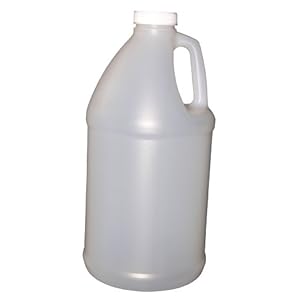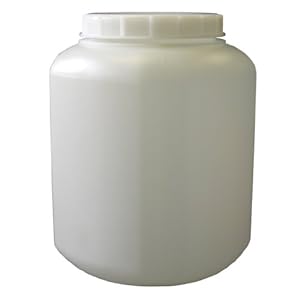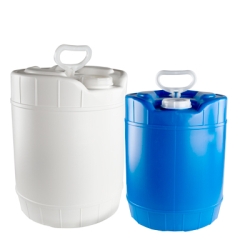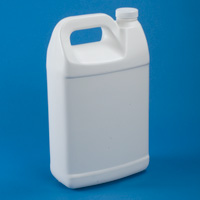I no chill and was wondering about taking the leftover trub that I usually throw out and letting it settle out and then pouring the clear wort when it is time to make a starter. I make high gravity brews but could just dilute the wort when it is time to make the starter.
Anyone else do this and can you recommend a small vessel (1/2 gallon or 2L would seem about the correct size)?
Something like this 1/2 gallon bottle?
I'd need a vessel that can take very near boiling temperatures, obviously. Not sure if 2 liter soda bottle, water bottle, or other plastic bottle would work. I'd like to leave it unfridged like the rest of my no chill containers.
Anyone make no-chill starters by decanting the trub?
Post #1 made 11 years ago
Last edited by CheeseMoney on 22 Feb 2014, 06:44, edited 1 time in total.






